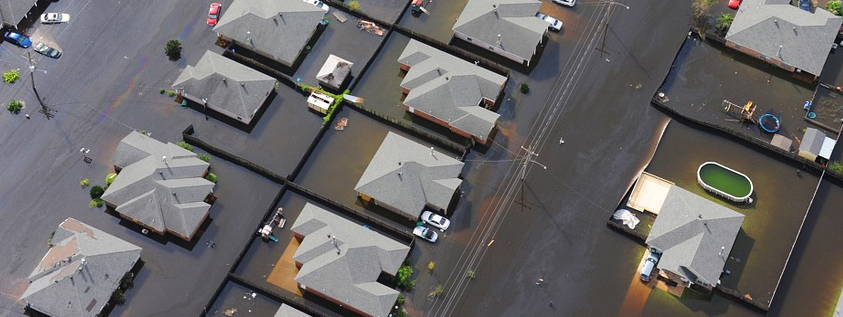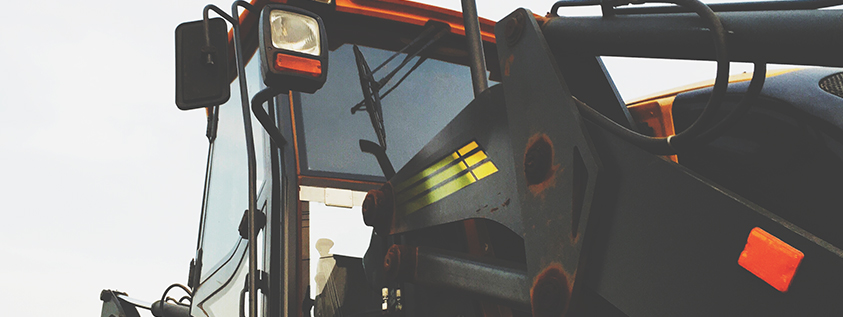October 4, 2016/in Environmental Services /by jeng
If you own a property with an underground storage tank, then you’re probably familiar with testing and assessing the health and reliability of your tank. While most people know this is a process that has to be completed, that tends to be where their knowledge ends—they don’t always understand the nuts and bolts. Today, we’re going to solve that problem by answering some common questions our clients have about their underground storage tanks. If you have one on your property, this is one article you won’t want to skip!
When should an underground storage tank be tested?
Underground storage tanks are tested in order to find or diagnose a problem or issue. Tanks are usually tested at a few key times, such as the anniversary of an installation, a change in ownership, or if it seems like there might be a leak due to a breakdown in equipment or the fact that fuel can be seen or smelled. Chances are, if you suspect your storage tank needs to be tested, it probably does!
Who can collect samples from an underground water tank?
In order to ensure the proper procedure is followed, samples must be collected by an environmental professional, such as the ones who work at Applied Resource Management. This is the best and only way to guarantee that the person completing this important work understands soil sampling requirements, laboratory tests, and next steps should the samples reveal that the tank is contaminated. (If you need a site assessment that includes sampling, do yourself a favor and contact Applied Resource Management today.)
What are these professionals looking for?
As with most things, it depends on the situation. If the tank was used to store gasoline, samples collected at the site will be tested for benzene, ethyl benzene, toluene, and xylene, among other things. Oil storage tanks can also be tested for water in the tank, which can be caused by roof spillage, condensation, or a bad oil delivery. If water is found, it needs to be pumped out to ensure the tank continues to operate safely and effectively.
How are samples collected?
Samples must be accurate, and they are generally taken from freshly exposed soil at a few key locations. Generally, a site assessment and sampling is completed during tank removal or from a soil boring. Samples have to be collected using bottles provided by the laboratory (no plastic baggies or Tupperware allowed!) and they must be labeled clearly with identifying information, such as date, time, and location. It’s also important to take each sample from a single location, rather than soil from all over the property. This is the only way to ensure that the results are an accurate and fair representation of contamination levels.
What parameters are required for the samples?
During a site assessment, samples are taken from the underground storage tank at the places where a leak or release is most likely to occur. The amount of samples will depend on the type of storage tank you have and where it’s located.
- If you have a single tank, we will generally need two samples, taken from each end of the tank. The samples should be taken one to two feet below the floor of the excavation and above the water table.
- If you have more than one underground storage tank that holds less than 10,000 gallons, we’ll need to take one sample per tank. The sample will be taken from under the center of each tank, and from a depth of one to two feet below the floor of the excavation ad above the water table.
- If you have more than underground storage tank that holds more than 10,000 gallons, two samples will need to be taken from the end of each tank. The sample will also be taken from under the center of each tank, and from a depth of one to two feet below the floor of the excavation ad above the water table.
If you have an underground storage tank that needs to be tested, your next step is clear: contact Applied Resource Management today, and rest easy knowing the job will be done right.





